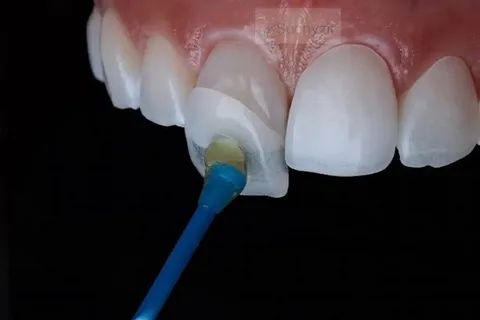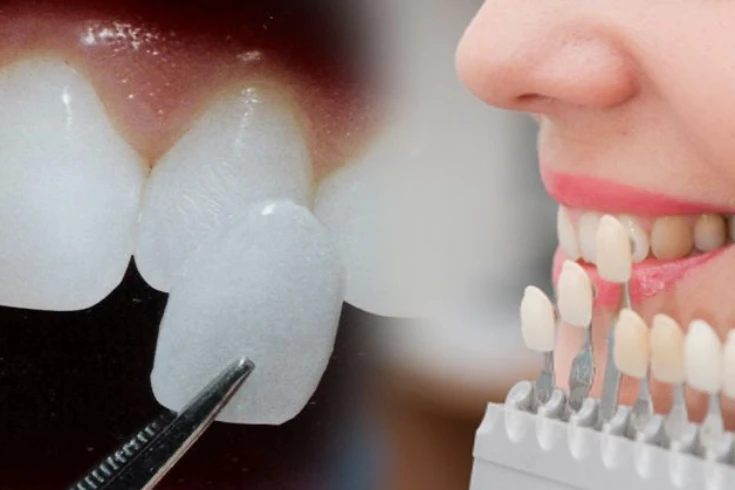In this comprehensive guide, we delve into the specifics of tooth extraction vs root canal, exploring the considerations, procedure details, recovery processes, cost difference and potential outcomes associated with each option.
Are you facing back molar pain? Dealing with back molar pain can be intense, often necessitating a decision between two primary treatments: root canal therapy and extraction. Understanding the differences and benefits of each procedure is crucial for making an informed decision that promotes both immediate relief and long-term dental health.
Overview: Root Canal Vs Extraction
Root canal treatment, often known as a root canal, is a dental procedure designed to save a severely infected or decayed tooth. It involves removing the infected pulp tissue from within the tooth, cleaning and disinfecting the root canals, and then sealing them to prevent further infection.
This procedure aims to preserve the natural tooth structure while alleviating pain and preventing the need for extraction.
A tooth is removed completely from its socket in the bone during a tooth extraction procedure. When a tooth requires extraction due to unresponsiveness to root canal therapy or other treatments, this recommendation is made.
While extraction offers a definitive solution to severe dental issues, it also requires consideration of replacement options to restore dental function and aesthetics.
Procedure: Extraction vs Root Canal
The procedures of tooth extraction vs root canal treatment are fundamental aspects of dental care, each addressing specific dental conditions with distinct methodologies. Following are the details for the procedure of root canal vs extraction.
Root Canal Procedure Details
- Examination: The dentist examines the tooth and may use X-rays to determine the extent of damage and infection.
- Use of Anesthesia: The dentist numbs the area around the tooth with local anesthesia, making the procedure comfortable.
- Removal of pulp: The dentist accesses the infected pulp in the tooth by creating an opening and removes it carefully.
- Shaping and cleaning: The dentist cleans, shapes, and disinfects the root canals to remove bacteria and debris.
- Sealing and filling: During thorough cleaning, the dentist will fill the canals with a biocompatible material and seal them to prevent recontamination.
- Restoration: A crown or filling restores the tooth in function and appearance.
Extraction Procedure Details
- Examination: The dentist evaluates the tooth’s condition and surrounding structures through visual examination and X-rays.
- Use of Anesthesia: The dentist numbs the area around the tooth with local anesthesia, making the procedure painless.
- Extraction: The dentist loosens and removes the tooth using forceps or dental elevators.
- Aftercare: The dentist will place a Gauze over the extraction site to control bleeding,. The dentist will also provide post-operative instructions for recovery.
Benefits: Root Canal vs Extraction
Tooth extraction vs root canal treatment are dental procedures aimed at addressing specific dental issues. Therefore, they each offer distinct benefits depending on the patient’s condition and treatment goals.
Root Canal benefits
- Preserves natural teeth, preventing the need for extraction.
- Addresses the source of pain and infection, providing relief.
- Allows normal chewing and biting capabilities.
- Seals the tooth to prevent future infections.
Tooth Extraction benefits
- Eliminates pain associated with severe tooth decay or infection immediately..
- Removes the source of infection, preventing it from affecting other teeth.
- Addresses issues related to overcrowding of teeth.
- May be necessary before orthodontic work to create space.
Root Canal vs Extraction Back Molar: Cost Consideration
When considering the choice between a root canal and extraction for a back molar, the cost is a significant factor to take into account. Both procedures have financial implications that can vary significantly based on factors such as the severity of the dental issue, the need for additional treatments, and the type of insurance coverage available.
Root Canal Treatment: Generally, the cost of a root canal for a back molar ranges from $900 to $1,500 or more per tooth. This cost includes the procedure itself, which involves cleaning out infected or damaged pulp, filling the tooth, and possibly placing a crown to strengthen it. Additional costs may arise if complications occur or if a crown or other restoration is needed after the root canal.
Tooth Extraction: Extraction of a back molar typically costs between $150 to $650 per tooth. The initial extraction cost is lower than that of a root canal.. However, additional costs may be incurred if there is a need for replacing the extracted tooth with a dental implant, bridge, or other prosthetic options.
Extraction Vs Root Canal Aftercare
Aftercare following tooth extraction vs root canal treatment is crucial to promote healing, prevent complications, and ensure optimal recovery. The specific aftercare instructions vary for each procedure:
Root Canal Aftercare
- You can brush and floss as usual, but make sure to be gentle around the treated area.
- You should not use the treated tooth for heavy biting down or chewing on hard foods until you have received clearance from your endodontist or dentist.
- You should avoid smoking as it can interfere with the healing process.
Tooth Extraction Aftercare
- Gently rinse the area with an antimicrobial mouthwash two to three times a day. Avoid brushing directly over your extraction site until your dentist tells you it’s safe to do so. Brush and floss all other areas normally.
- Your dentist may prescribe antibiotics and pain relievers. It’s important to take all of these medications exactly as directed. You can also take over-the-counter pain relievers, such as acetaminophen and ibuprofen.
- Avoid doing heavy activity for at least two days. An elevated heart rate can cause increased postoperative bleeding and discomfort.
Root Canal Vs Extraction: Which One is Better?
When faced with the decision between root canal vs extraction back molar for a problematic tooth, determining which treatment option is best depends on several factors crucial to your dental health and overall well-being. Both procedures offer distinct approaches to addressing dental issues, each with its own advantages and considerations.
Factors Favoring Root Canal
- Preservation of Natural Tooth: Ideal for maintaining a natural appearance and function.
- Long-Term Cost-Effectiveness: Often more cost-effective when considering replacement options for extracted teeth.
- Less Invasive: Preserves the surrounding bone structure and neighboring teeth.
Factors Favoring Tooth Extraction
- Severe Damage or Decay: When root canal therapy cannot effectively restore the tooth.
- Cost Considerations: Extraction might be more cost-effective in certain situations.
- Patient Preference: Some individuals prefer extraction to avoid multiple dental visits associated with root canal therapy.
Choosing between a root canal and extraction involves considering factors such as the extent of tooth damage, overall oral health goals, cost considerations, and personal preferences.
Consulting with your dentist is essential to assess the specific condition of your tooth and discuss which treatment option aligns best with your long-term dental health and quality of life.
In conclusion, deciding between root canal therapy and tooth extraction for back molar pain involves careful consideration of various factors, including the extent of damage, long-term dental health goals, and personal preferences.
Consulting with a qualified dentist is essential to evaluate the specific condition of your tooth and receive expert guidance tailored to your needs.
Ultimately, both root canal therapy and extraction are effective treatments, each with its own advantages and considerations, aiming to alleviate pain and restore optimal dental function.
By understanding the nuances of root canal therapy versus extraction, you can make an informed decision that prioritizes both immediate relief and long-term oral health.
Frequently Asked Questions
When is a root canal recommended?
A root canal is recommended when the tooth can be saved, and there is enough healthy tooth structure left to support a restoration (like a crown). People usually prefer keeping your natural tooth over extracting it.
What is tooth extraction?
Tooth extraction is the removal of a tooth from its socket in the bone. When a tooth is too damaged for repair through a root canal or other treatments, it is usually extracted.
When is tooth extraction necessary?
A severely decayed, infected, fractured beyond repair, or problematic tooth may require extraction.
How do I decide between a root canal and extraction?
Your dentist will consider several factors:
– The extent of damage to the tooth.
– The overall health of the tooth and surrounding gums.
– Your preference and long-term oral health goals.
– Cost considerations (root canals are usually more expensive than extractions but may be more cost-effective in the long run if they preserve the tooth).
Is a root canal painful?
Modern techniques and anesthesia make root canals relatively comfortable. Afterward, you may manage some discomfort with over-the-counter pain relievers, which can usually alleviate the discomfort.
What are the consequences of tooth extraction?
Tooth extraction may lead to other dental issues like neighboring teeth shifting positions, difficulty chewing, and potential bone loss in the jaw over time.
How long does a root canal treatment take?
A root canal typically requires one or two appointments, depending on the complexity of the case and the healing process.





